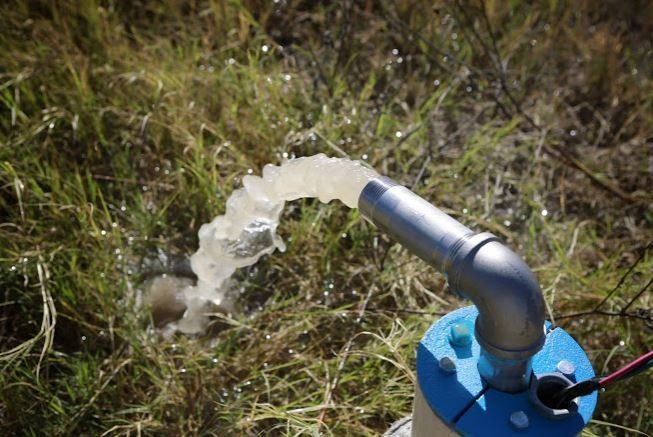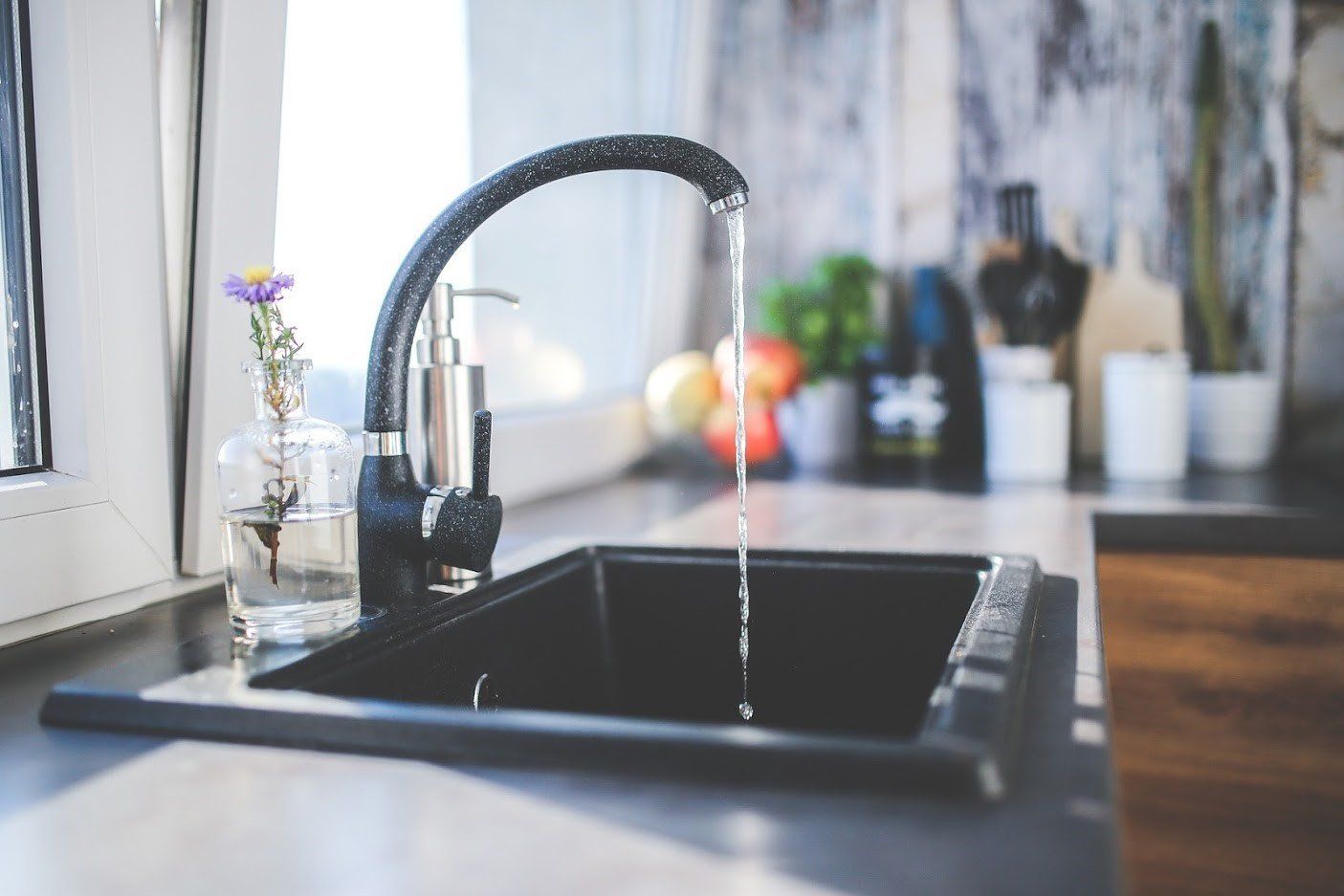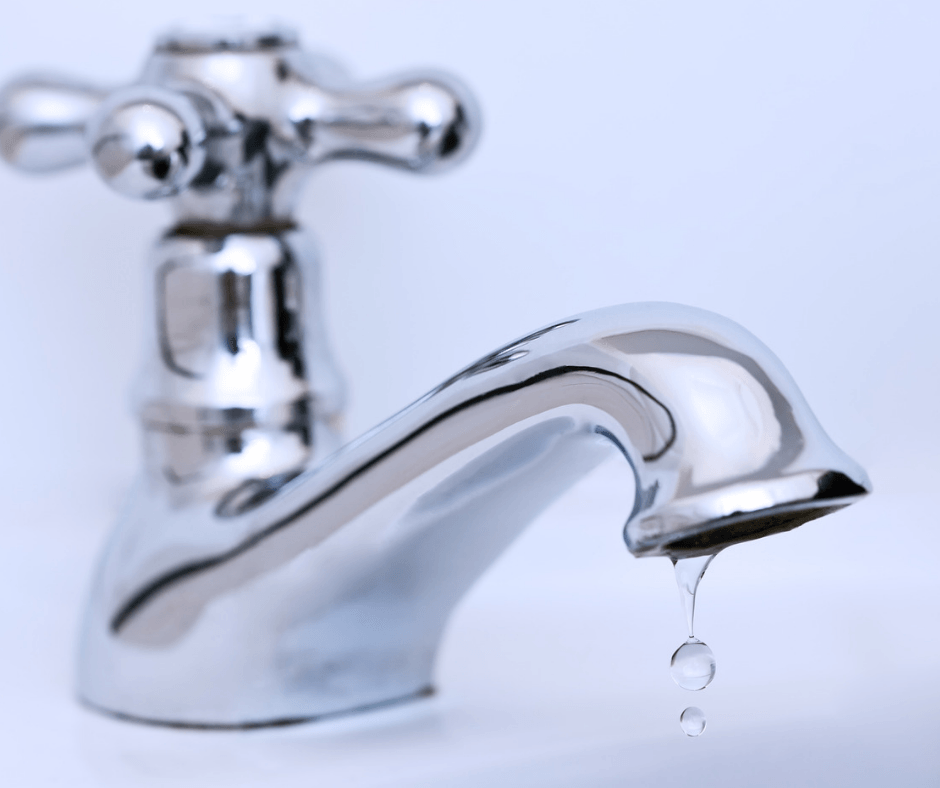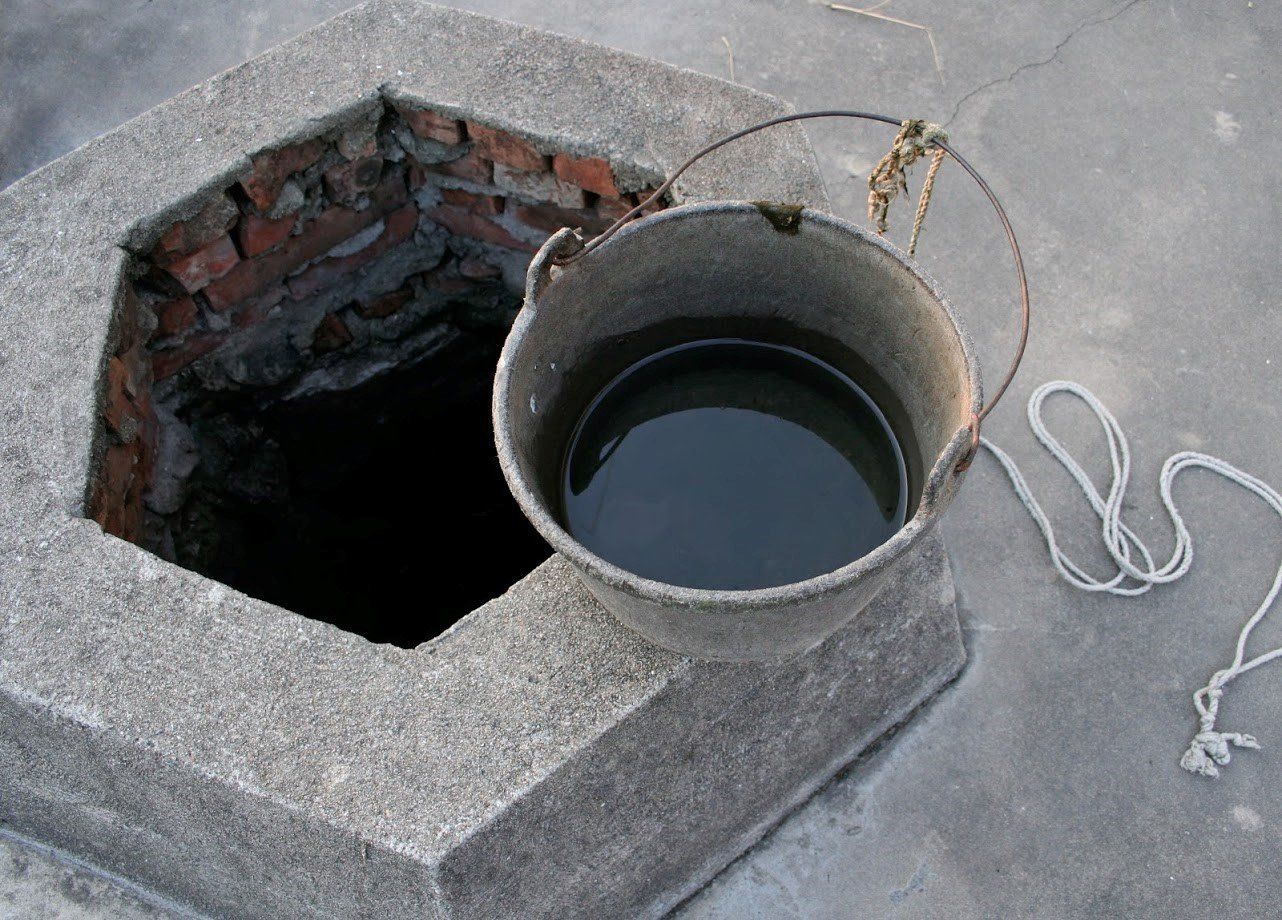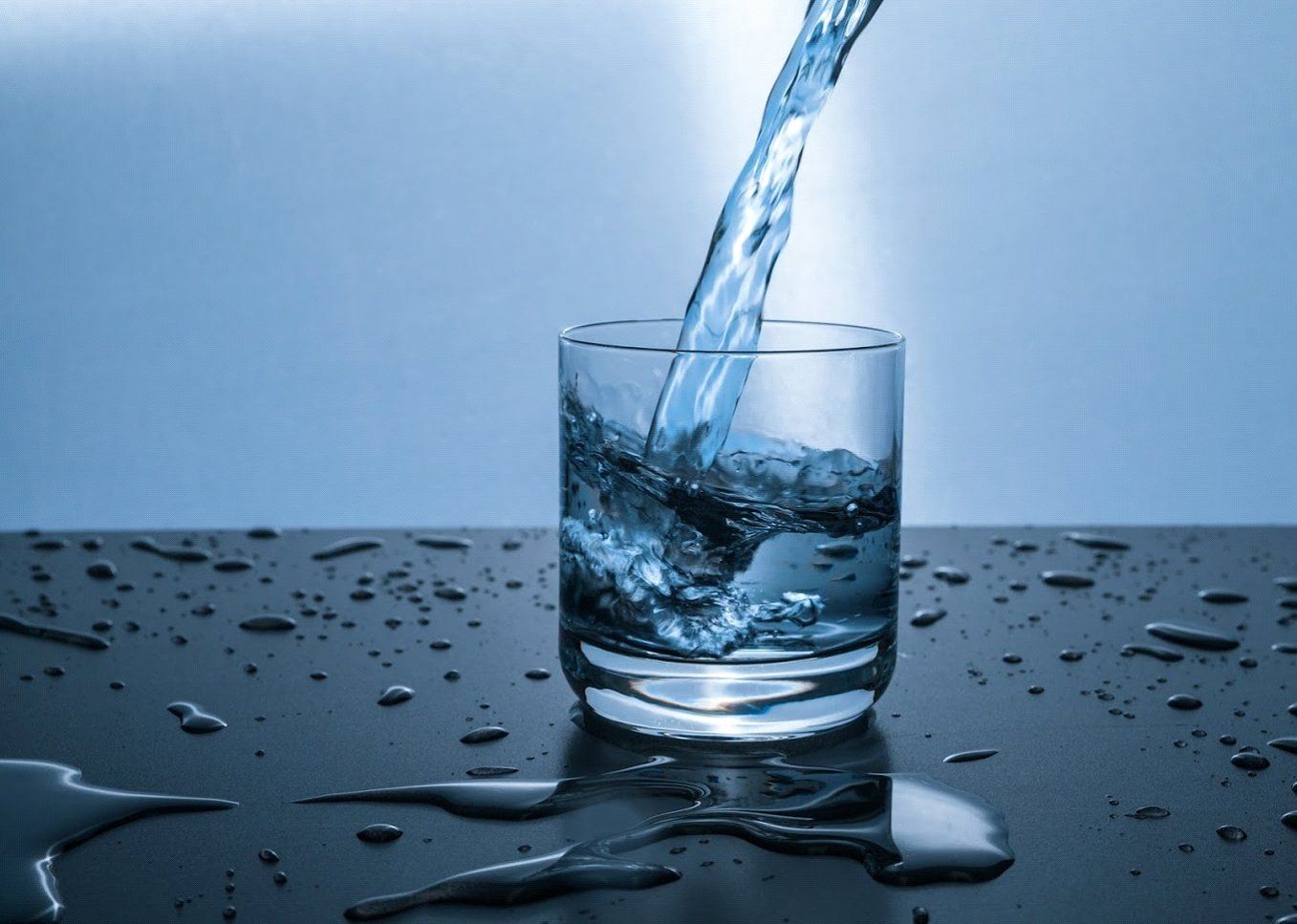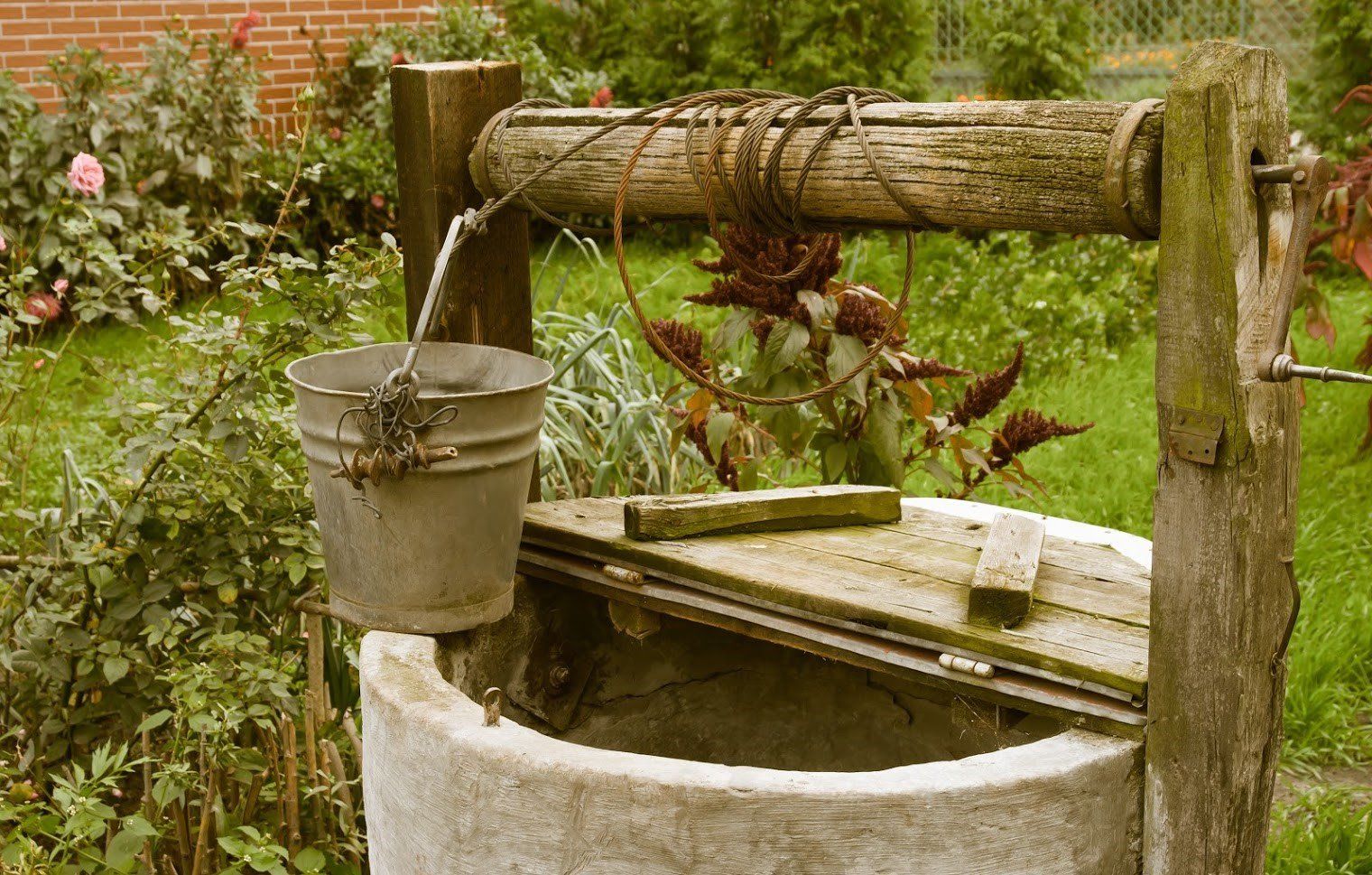Blog Layout
What to Know About Well Placement
Mar 02, 2020
Access to well water gives you the freedom to enjoy clean water without the need to pay municipality costs or worry about chemicals common in city water. If you plan to add a well on your property, take the time to choose the best site for that well.
Well placement can determine potential drill depth, water quality, and how much water your well produces for your family. Here are some key points to keep in mind as you think about the best location to sink your well.
Keep Your Well Away From Sources of Contamination
One benefit of well water is clean water free of city chemicals like chlorine or fluoride. In order to keep contaminants out of your pristine well water, make sure the drill site is away from these sources of contamination that affect water quality or may even make people sick.
Septic tanks and leech fields. Many rural residents rely on a septic tank and leech field. To ensure bacteria from your septic system does not enter your well, make sure the well is well away from any septic tank, leech field, or cesspool. The state of Missouri recommends a minimum distance of 50
feet.
Barnyards and animal enclosures. Animals on your property can add contaminants to your groundwater. Make sure your well
site is far away from livestock manure facilities and active pastures in addition to barns, pens, corrals, and coops.
Surface water sources. Areas of surface water like cisterns, creeks, ponds, swamps, and streams are especially susceptible to contamination from animals, pesticides, herbicides, and industrial waste. For this reason, keep your well far away from surface waters which may enter your well.
Fuel tanks. Sometimes a buried fuel tank can contaminate the groundwater your well relies on. Even an above-ground fuel tank can leak petroleum onto the ground. Distance your well site at least 300 feet away from fuel sources, including all tank distribution lines.
Check the Lay of the Land
The topography and soil type of your property influences where you should situate your new well. The best well site is in an elevated area which allows any surrounding surface water or rain to drain away from your well. This helps prevent contaminants from entering your well water. Also, stay away from steep slopes.
Portions of your land prone to poor drainage and flooding are among the worst areas to plan for a well. Floodwater and standing water threaten well components and introduce bacteria and other contaminants into your well.
Finally, check your land for any nearby power lines. The process of drilling for a well can be more difficult if electrical lines are in the way.
Know Your Groundwater
The groundwater beneath your property is important because it is your well water source. That water may rest in an underground reservoir or within layers of porous sediment like sand, silt, and gravel. Sometimes groundwater is only a few feet beneath the surface, or can be a hundred feet deeper.
A well must penetrate deep enough to provide the water your family demands for household and agricultural use. Some wells yield less water due to natural groundwater levels or shallow water tables. Wells can also yield less water when there are several wells nearby that pump from the same groundwater source.
The best way to better know your groundwater before you invest in a well is to ask an experienced geologist, engineer, or well-driller. With their help, your well is more likely to encounter larger yields of water regardless of the depth of your groundwater.
For wells that deliver higher yields of pure water right from your own property, contact the experts at Lefty's Pump & Drilling. We can help you locate the right location for your drilled well.
LEFTY'S PUMP & DRILLING CO
205 Compton Ave
Crane, MO 65633
BUSINESS HOURS
- Mon - Fri
- -
- Sat - Sun
- Closed
IN BUSINESS SINCE 1966
OWNERS
Greg Evans - Owner
Lefty Evans - Owner
BBB MEMBER
Content, including images, displayed on this website is protected by copyright laws. Downloading, republication, retransmission or reproduction of content on this website is strictly prohibited. Terms of Use
| Privacy Policy


